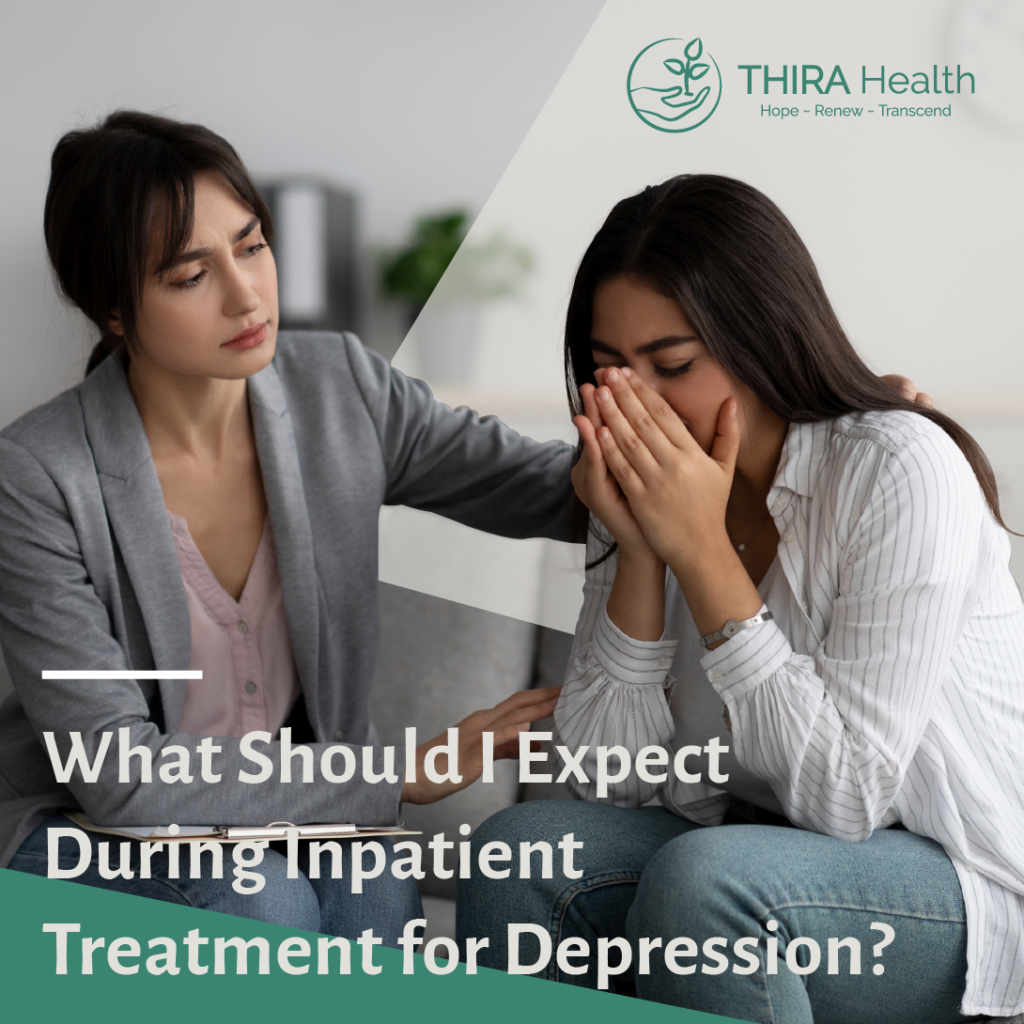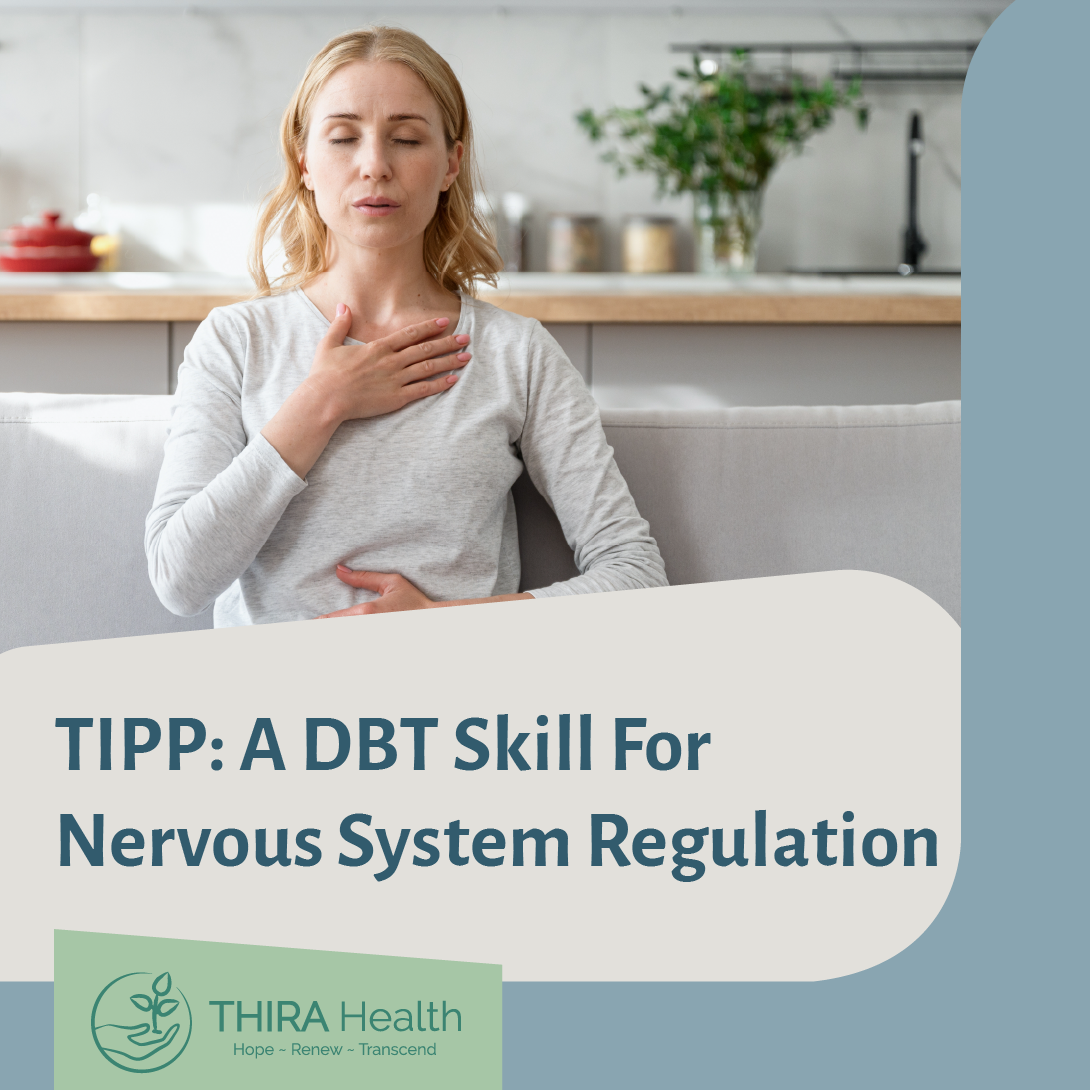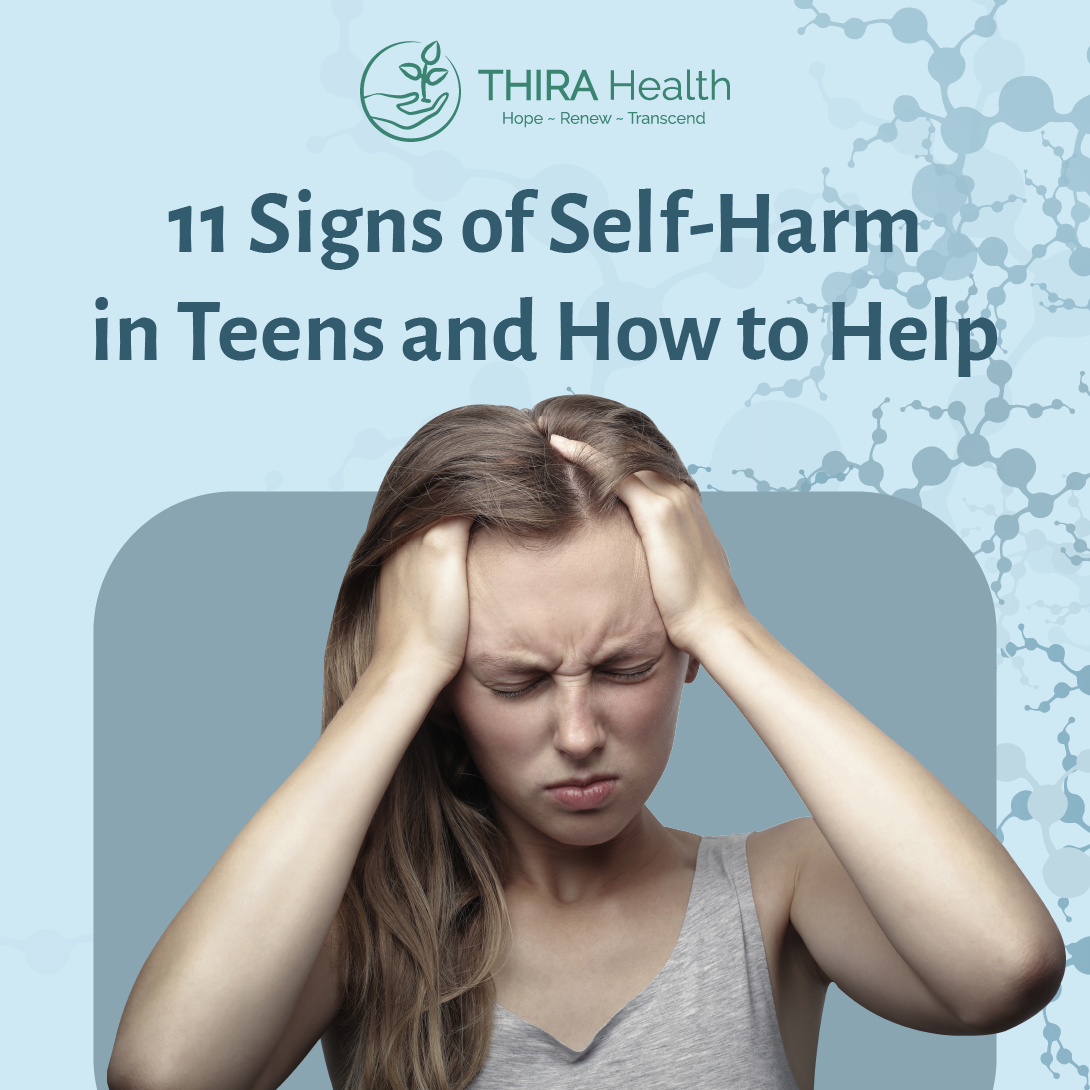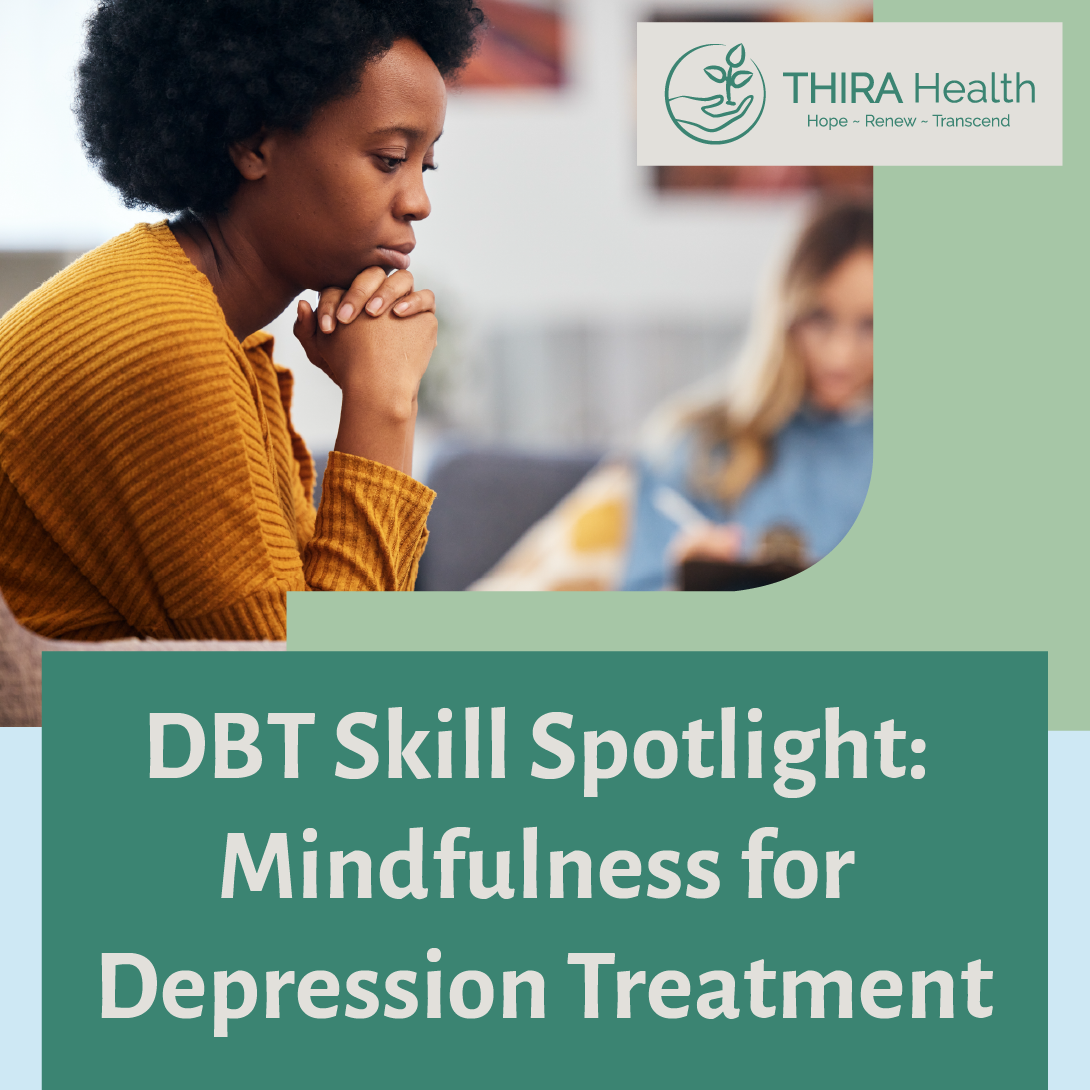What does an average day look like in inpatient depression treatment?
Before you enter inpatient depression treatment, you may be curious about what your day will be like. You may find yourself wondering things like, “Will I be comfortable in my room?”, “Will the other participants be kind?” “Will I be able to ask for help when I need it?” or “Will I be able to focus on healing?”
These are all reasonable questions, especially when you consider how inpatient depression treatment is depicted in the media. In reality, inpatient depression treatment in Seattle is an environment designed to help you, with round-the-clock access to experts who are ready to support you through any mental health difficulty you’re having.
The morning routine in inpatient depression treatment with a DBT program
You will wake up in your comfortable room and have the chance to enjoy a beautiful view of the Pacific Northwest as you dress and head to the dining room. All your meals will be shared with your fellow participants, and each morning, you’ll enjoy a tasty, nutritious breakfast. If you need medication, the staff for the program will provide you with the proper doses at the proper time, including at or between mealtimes.
Therapy is integral to inpatient depression treatment
The morning will continue with either individual therapy sessions or group therapy sessions. In your individual sessions, you’ll work one-on-one with a therapist to explore how past experiences impact your present life, how your depression symptoms stop you from living the life you want, and practice coping mechanisms to help alleviate depression and support you in day-to-day life.
In group therapy, you and your fellow participants will bond while practicing DBT skills, including skills that help you embrace mindfulness, sustain better emotional regulation, find peace through expanded distress tolerance, and have an easier time engaging with others through interpersonal effectiveness. These skills, plus the community time where you gather with people who really know what you’re going through, help ease the symptoms of depression that derail your life and hold you back.
Holistic therapies create a well-rounded inpatient depression treatment experience
Activities like yoga and qi gong offer an opportunity to learn mindful movement that pulls you gently back to the present moment throughout the experience. The relaxing and strengthening movement offers space for healing, and breathwork that teaches your body that you are safe expands on the healing possible in individual or group DBT therapy.
Artistic expression, in the form of painting, sculpture, collage, poetry, prose, music, movement, etc., also offers a space to release emotions and express feelings without having to strictly verbalize them or connect them to therapeutic concepts. This kind of expression opens new doors to self-understanding and feelings of accomplishment, which can serve you throughout the new life you are building.
Mornings also include medical care and visiting hours
If you need medical care, including medication management, it will be provided as part of your morning or afternoon routine. Alongside medical care, reputable residential treatment programs include nutritional counseling and meal plans that incorporate both healthy and delicious dishes. Nutrition plays an important part in mental well-being, and when solid nutritional support is combined with communal meals that make you feel like you truly belong, meals can be a fun and delicious way to take the reins in your mental health.
Inpatient treatment is also structured so you continue to feel connected to your loved ones. There will be regular visiting hours for you to see people, helping you remain connected to your daily life in a small, special way while still maintaining focus on your treatment goals and the therapy process.
The afternoon routine for inpatient depression treatment
Afternoons are very similar to mornings for participants in residential depression treatment. A blend of shared meals, group or individual therapy, medical appointments, visiting hours, rest, and holistic therapy exercises to encourage whole-person healing are part of the daily schedule.
Afternoons also often include group activities such as games and educational talks, outings to equine therapy sessions, volunteering in the community, and enjoying recreational activities together. Inpatient depression treatment is always intended to serve as a space that includes fun and togetherness alongside more clinical approaches to mental healthcare.
Rest is an important part of your day in inpatient depression treatment
Inpatient treatment is not meant to be a sprint toward well-being. Slow and steady pacing of treatment and recreation, alongside plenty of time set aside for rest, makes for particularly effective residential depression treatment. With that in mind, rest times will be included throughout the day, offering you downtime to reflect, chat with fellow participants, and relax.
The evening routine for inpatient depression treatment in Seattle
After your evening meal together, you and your fellow participants will have free time to relax, enjoying the beautiful surroundings while you spend quiet time reading or enjoying a hobby, contacting friends and family, or reviewing things you’ve learned in therapy. You can also socialize with other participants, enjoying group activities and movie nights; the closeness that comes with inpatient care can create long-lasting friendships that offer support and understanding without judgment or stigma.
What should you look for in an inpatient depression treatment program?
Each day in inpatient depression treatment is meant to help you focus on healing. You will have consistent support from therapists and 24/7 crisis support from compassionate medical professionals who want to see you succeed in treatment.
That said, there are a variety of approaches to inpatient depression treatment, and if you’re hoping to make the most of your residential treatment experience, it’s worth looking for specific program offerings. Look for:
- Programs with customized treatment plans. Everyone has different needs, and a program that approaches you as a unique individual is a program that will offer the most useful support possible.
- Programs that include long-term care planning. After a stay at an inpatient depression treatment program, having a plan on how your treatment will continue while you also reintegrate into your daily life, is critical to making sure the effort you put into inpatient treatment is sustained long-term.
- Nutrition and physical health support. Your physical health informs your mental health, and an inpatient treatment plan must include nutritional support and physical healthcare to supplement the mental health components.
- A DBT program for depression. DBT is structured to include individual and group therapy. DBT encourages people to incorporate mental health management skills into daily life, alleviating the symptoms of depression.
- Family support. Your family is integral to your well-being, and helping family members understand what you’re going through, and how to support you, can help sustain your healing.
- Holistic therapies, including expressive arts and mindfulness. There are many ways to alleviate the symptoms of depression, and an effective inpatient depression treatment program will include multiple approaches such as yoga, art therapy, qi gong, equine therapy, and more.
Where can you find inpatient depression treatment in Seattle?
If you are in need of holistic, compassionate inpatient depression treatment in or near Seattle, consider THIRA Health. THIRA is able to provide residential treatment for adolescents and adults that incorporates DBT therapy, holistic approaches to mental well-being, and nutritional and medical support, all in beautiful treatment centers that serve as havens for participants seeking treatment for depression, anxiety, borderline personality disorder, trauma, eating disorders, and more.






